GENERAL BOARD ADVICE
Welcome to Board Advice. Here you will find some basic yet informative information on surfboard design, manufacturing and production. This information should assist in helping you make an informed decision about your next board purchase. Our aim is to provide this information as an online resource to help first timers get a good grasp on the more intricate details relating to surfboard design and construction whilst also offering helpful advice, tips and tricks to improve your surfing proficiency out in the water.
Shortboard/Hybrid Glassing:-
Team – 4 oz bottom, 4 oz deck
Stock – 4 oz bottom, 4 + 4 oz deck
Strong – 4 oz bottom, 4 + 6 oz deck
Longboard/Mal Glassing:-
Strong – 6 oz bottom, 6 + 6 oz deck
Medium – 6 oz bottom, 6 + 4 oz deck
Light – 6 oz bottom, 5 + 4 oz deck
Comp – 5 oz bottom, 4 + 4 oz deck
Blanks:-
PU – Polyurethane
EPS – Expanded Polystyrene Foam
Stringerless – PU or EPS
PU vs EPS blanks:-
PU – More affordable, sit lower in the water giving you a nicer rail game, slightly heavier so can handle chop better, keeps your board in the water so less bounce. Holds better in the barrel due to the rail sitting more in the wave face. Best flex patterns.
Epoxy – Lighter, more expensive, more bouyant feel to them, sits higher on the water, harder to shape, easier to paddle and manouever, good for aerialists, better planing speed.
PU vs Epoxy Glassing:-
Polyester – more affordable, reliable, ride is smoother, classic look and feel.
Epoxy – stronger, stiffer ride, durable, light, prone to sun or UV damage, costs more.
Combinations:-
PU blank – Polyester resin or epoxy resin
EPS blank – Epoxy resin only (polyester glassing eats EPS blanks)
*Special glassing requests are available to suit
**Carbon tail patches and carbon strips available upon request
LONGBOARDS

The longboard or Malibu is the most traditional surfboard shape. It is longer than other surfboards offering better glide and ranges in size from 9 to 10ft. Typically speaking most longboards will be around 20 inches wide and 3 inches deep. The thickness and length makes them very stable in the water, easy to paddle and suitable for an array of wave sizes.
Longboards are recommended for All Skill Levels
MINI MALS

The Mini Mal surfboard or “Mid-length” is a great universal board that is well suited to beginners. It is a smaller version of a Longboard in a more forgiving and comfortable size range. Typically Mini Mals will range in size from 7 to 8ft in length.
Mini Mals have a wide nose and lower rocker just like the Longboard for easy paddling and nose riding whilst also being smaller in size to give you more manoeuvrability and control.
Mini Mals are recommended for: Beginners (due to its paddling ability and stability).
FUNBOARDS

Funboards are extremely versatile and forgiving due to their wider and thicker shape. The extra width when compared to a shortboard allows the surfer to balance easily and put more power into their turns. Typically Funboards range from 5- 7ft and offer higher volume than a traditional shortboard. This means that a Funboard is a great transitional board (perfect for any surfer looking to move down in size whilst maintaining their paddling power and stability).
Funboards are recommended for: Intermediate surfers looking to downsize without sacrificing paddle power.
FISH

Fish boards got their name from its fish-like tail profile. Fish boards are usually shorter (5’2 – 6’4 feet in length), wider (between 18 – 22 inches) and flatter than a Shortboard, making it work very well in small surf. The Fish was designed to improve a rider’s capability to catch waves and maintain their speed. There is not much curve in the nose of the board so it paddles very well, glides over whitewash and carries speed through flat sections of a wave with ease.
Fish are recommended for: Intermediate surfers looking to ride small to medium waves.
HYBRID

A Hybrid surfboard mixes design features from two board types (Funboard and Shortboard) in order to find a good balance between power, drive and manoeuvrability. Hybrids usually incorporate extra thickness, width and length, which help to catch a wave whilst maintaining stability.
Hybrids are recommended for: Intermediate to Advanced surfers
SHORTBOARD

The Shortboard is the most refined surfboard shape available. Shortboards are designed for high performance surfing offering maximum manoeuvrability, speed, power and control. A shortboard is the most difficult board to ride and requires a higher skill level than other board types. The modern Shortboard is generally less than 7 feet long, has thin sides (rails) and an upturned sharp nose (nose rocker). This nose rocker helps provide for more manoeuvrability and of course to avoid hitting the tip of your board.
